Joyrambati, the Birthplace of the Holy Mother, Sri Sarada Devi – GetBengal story
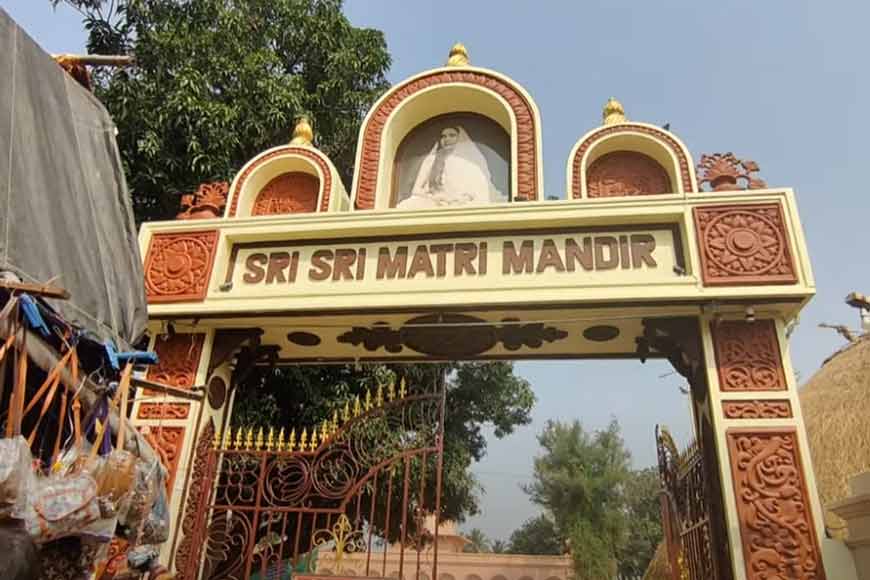
Sarada Devi, often known as the Holy Mother, was Sri Ramakrishna's spiritual partner and an important figure in the Ramakrishna Movement. Born on December 22, 1853, in Joyrambati, her birthplace has become an important pilgrimage site because of the way she lived her life.
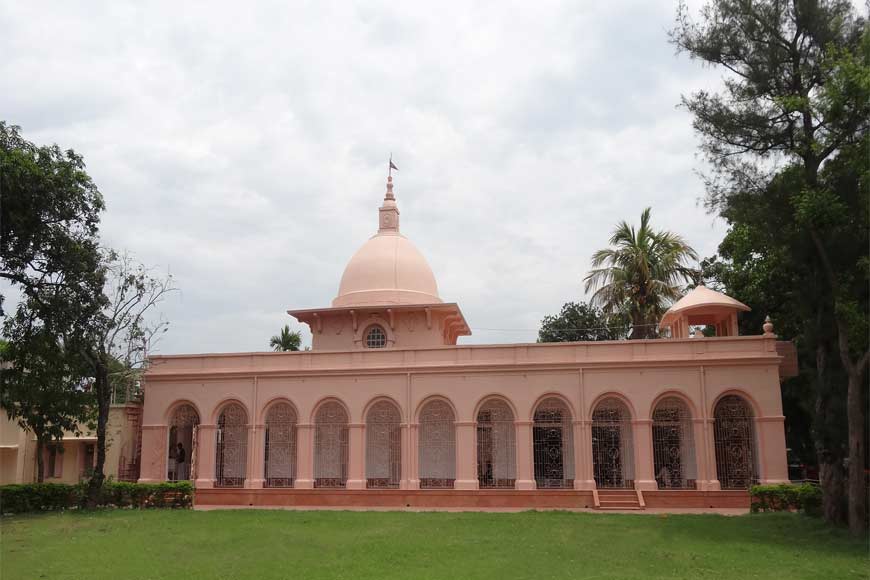
The Sri Sri Matri Mandir attracts thousands of devotees every year. This has boosted the village's economy and facilitated the development of infrastructure. In Joyrambati, people from many backgrounds and religions visit to experience the rural serenity of the place. This common spiritual experience unites people from different backgrounds and locations.
This plays an important role in preserving old heritage buildings. There are several places in Bengal where small temples or religious structures lie in ruins, abandoned because of neglect. When there is a constant flow of pilgrims, they help maintain the temples and sacred sites, ensuring that they remain in good condition.
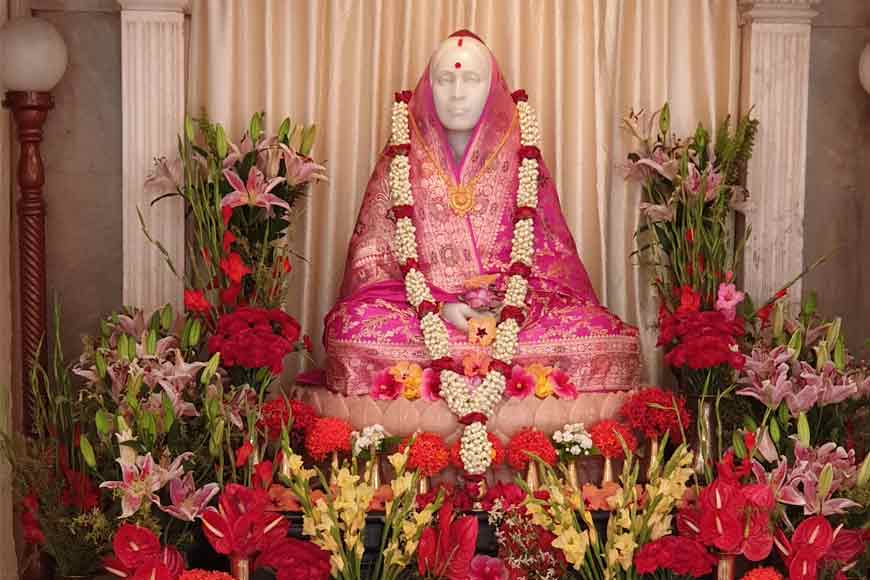
Joyrambati is a picturesque village in Bankura District’s Bishnupur subdivision. Abutted by untrimmed meadows and green pastures, it is said to have a very pleasant rural ambiance and is home to the beautiful Sri Sri Matri Mandir dedicated to Sarada Devi.
Sarada Devi was born on December 22, 1953, the eldest daughter of an impoverished Brahmin household. The beautiful Sri Sri Matri Mandir was constructed on the spot where Sri Sarada Devi was born on December 22, 1953. On April 19, 1923 (Akshay Tritiya Day), Swami Saradananda dedicated the temple to her. On April 8, 1954, a white marble statue of the Holy Mother was installed. The Garbha-mandir also houses the Holy Mother’s sacred relics and a small Shiva Linga, which was found during the construction of this temple.
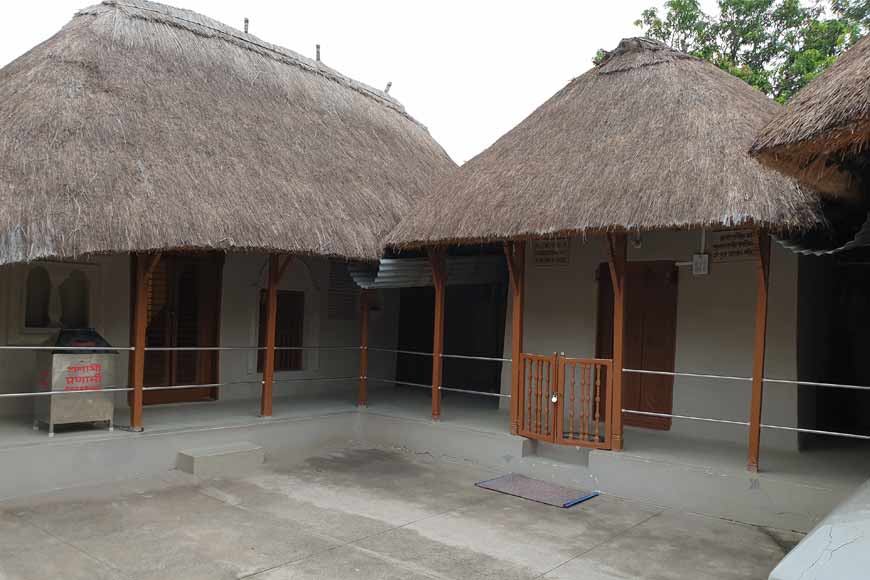
A short walk from the Sri Sri Matri Mandir complex leads pilgrims to various other sacred sites associated with the Holy Mother such as the temple of Goddess Singhabahini, the bathing ghat of Holy Mother along the rivulet Amodar, Barujjey Pukur (Tal-Pukur), Mayer Dighi – where the Holy Mother used to cut grass for cows in neck-deep water during her early days, Yatra Siddhi Temple, and the ancestral home of Bhanu Pishi. These religious sites act as a sort of pilgrimage circuit that allows tourists and pilgrims to feel immersed in the spiritual experience. This helps them connect even more closely to the divine figure of Sri Sarada Devi.
Devotees must also visit Ramakrishna Yogashrama, Koalpara (currently a sub-centre of Sri Sri Matri Mandir, Joyrambarti), where the Holy Mother used to rest on her journey to Calcutta via Bishnupur. The images of her and Sri Ramakrishna that were installed by Sarada Devi herself in the shrine of the Ashrama are worshipped every day. Aside from Koalpara Ashrama, Holy Mother also occasionally resided at the ‘Jagadamba Ashrama', which belonged to a devotee.
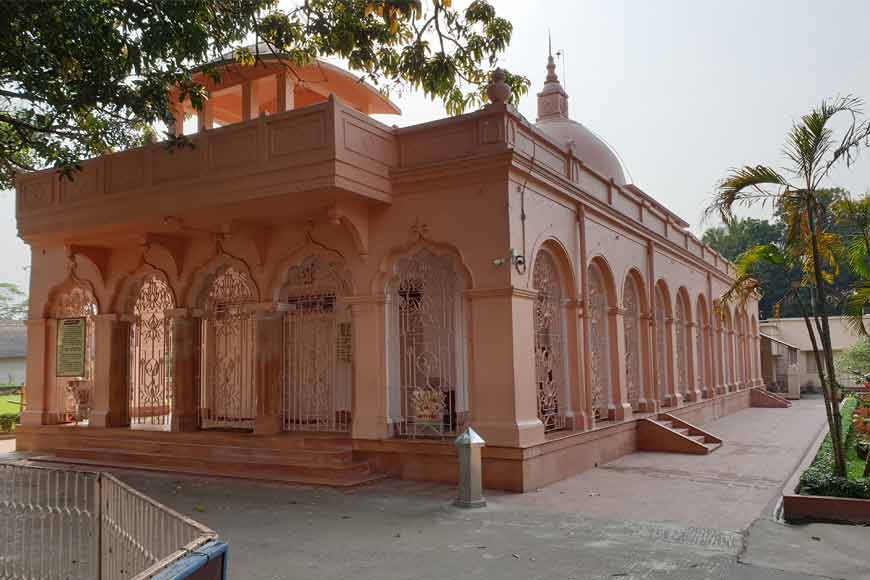
Joyrambati isn't just a religious site; it is a beacon of spiritual light that guides many devotees. Joyrambati continues to uphold the Holy Mother's legacy, promote her teachings, and foster spiritual growth.
Temple Timings
April to September: 6.30 - 11:30 a.m. & 4:00 – 8:30 p.m.
October - March: 4.30 - 11:30 a.m. & 3.30 – 8.30 p.m.
How To Reach
By Train: Board the Howrah Goghat Local train that runs daily between Howrah Junction and Goghat. It takes about 20 minutes by car from Goghat station to Joyrambati.
By Car: 2 hr 56 min (102.3 km) via Ahilyabai Holkar Rd/Bankura - Beliator - Sonamukhi - Khandaghosh - Nischintapur Rd/Champadanga-Dankuni Rd






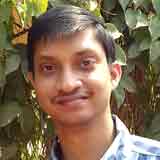
.jpg)


